
A Very British Collection is a selection of 20th Century work that provides a unique opportunity to see together both a remarkably complete collection of Camden Town Group and British Figurative paintings. It is also an insight into the desire to collect, and how personality can shape that process. This collection comes directly from one source and is being offered for sale in its entirety through Messums London. Included are iconic works by Sickert, Pissarro, Bevan, Lamb, Gore and Manson. Many are works that were in formative exhibitions, and most have been bought with a collector’s eye from places such as the Fine Art Society, Piccadilly Gallery, Agnews and as well as Messums.
Christopher Mason-Watts has been collecting since he was four years old. He began with the colourful little picture cards that appeared in the boxes of Brook Bond tea. He bought his first artwork when he was seventeen and his first serious purchase was a pocket sized painting by Walter Sickert, bought when he was twenty three, it cost him almost a third of his annual salary.
In truth, Christopher Mason-Watts would have liked to be an artist. Instead, however, he went into law and for thirty years was a mental health judge. Creating collections became is way of being creative. Christopher has loved the Camden Town Group since he first discovered their work as a teenager and it was this group that he focused much of his collecting efforts towards.
Though they held only three exhibitions between 1911 and 1912, the Camden Town Group was one of the most vital, exciting and well-known collectives of the twentieth-Century British artists. Their centre point and guiding light was the painter Water Sickert (1860-1942). This collection includes both important and less vital pieces by all of the Camden Town Group, with exception of Duncan Grant and James Dickson Innes. But since neither exhibited at the Group’s first show, Christopher feels his set is complete.

In 1904 he started exhibiting with the New English Art Club, which is where he first met Sickert. A reviewer would write of Pissarro’s work in 1912 that his landscapes ‘have nothing to distinguish them from the commonplace, except the fact that they make one want to take a walk in them – and that is everything.’
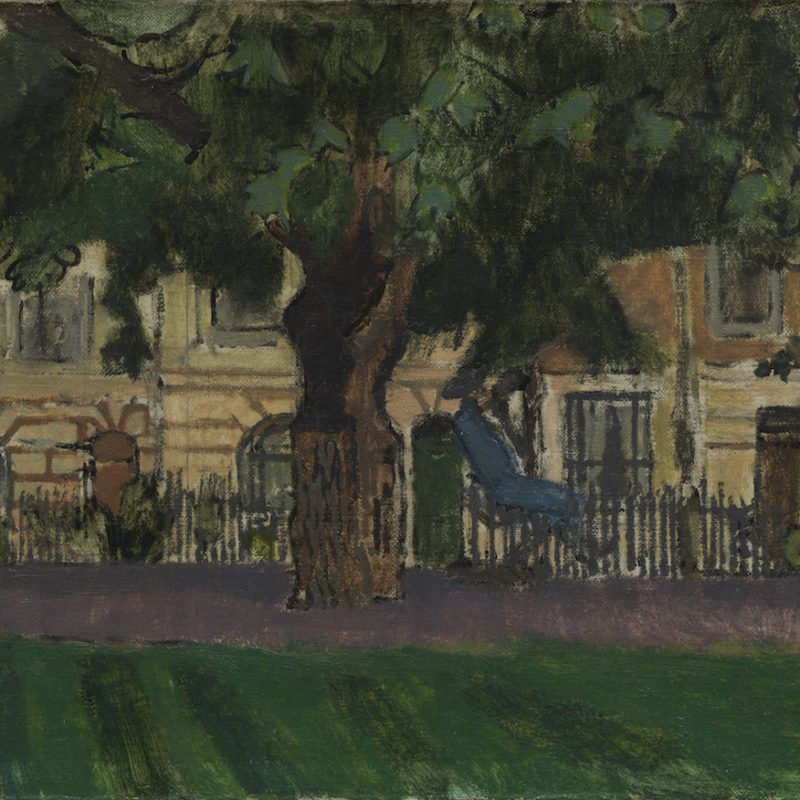
Walter Sickert was born in Munich to a Danish father and an English mother. His family moved to England when he was eight, and he started off his working life career as an actor. But in 1881 he changed course and went to the Slade, before leaving to become a pupil and assistant to James McNeill Whistler.

Having attended evening classes at the Manchester School of Art, where he came under the influence of the Arts and Crafts movement, by 1901 Ratcliffe was working as a wallpaper designer in London. He moved to Letchworth in 1906 where he became friends with Harold Gilman following the latter’s move there in 1908

Harold Gilman was one of the leading figures in both the Fitzroy Street and Camden Town Groups. He studied at the Slade and between 1901 and 1903 he lived in Madrid, copying works by Vélasquez and Goya in the Prado. A chance encounter with Sickert in 1907 led to his joining the Fitzroy Street Group.

When Augustus John died in 1961, aged eighty-three, his obituary in The New York Times described him as ‘the grand old man of British painting and one of the greatest in British history.’ This was an exaggeration, but it rightly reflected John’s status as one of the towering names in twentieth-century British art.

The son of an English pharmacist, Ginner was born and educated in France. He worked on a tramp steamer and then in a Parisian architect’s office before enrolling at the Académie Vitti in 1904 and studying briefly at the École des Beaux-Arts. By 1910 he had settled in London, where he formed close friendships with Spencer Gore and Harold Gilman.

George Clausen achieved considerable success in his lifetime as an artist – he was elected to the Royal Academy in 1908 and knighted in 1927 – but his relationship to the Camden Town Group is fairly tangential. He was a founder member of the New English Art Club in 1886, and he helped to bring to Britain a version of French impressionism with paintings focusing on rural life.
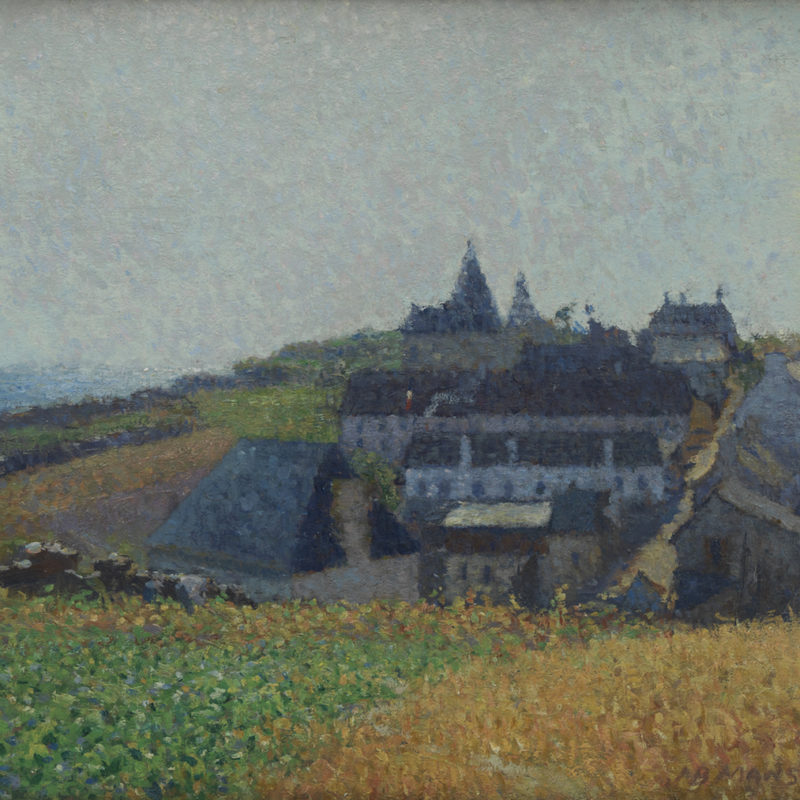
Born in London in 1879, Manson’s ambition to become an artist was strongly disapproved of by his father. By 1903, however, he had saved sufficient funds to marry and leave for Paris, where he studied at the Académie Julian. In 1907 he discovered the Breton fishing village of Douelan, a spot that would become much favoured by British painters in this period.

A musician rather than a painter by profession, Brown was almost fifty when the art critic Frank Rutter spotted and admired his watercolours. He introduced Brown to Lucien Pissarro, who guided his development in oil painting and impressionism; they became good friends and made several painting trips together to Devon with fellow artist James Manson.

Very little is known about John Doman Turner. He lived at Streatham Hill, London, where he remained until his death in 1938. Apart from a few fragmentary records much of his life remains a mystery, but there can be little doubt that his deafness affected his decision to remain a stockbroker’s clerk, and not to adopt the insecurity of life as a full-time artist.

John Nash was the younger brother of the famed avant-garde British artist Paul Nash. Paul advised him against going to art school, and he was thus largely self-trained. He served with the Artists’ Rifles during the First World War, and was employed as an official war artist. The resulting paintings were among his most modern, and he reverted to a more traditional style in the 1920s.

Malcolm Drummond studied History at Oxford University before abandoning a promising career as an estate manager to become an artist. He attended the Slade, and from 1908 to 1910 was a pupil of Sickert’s at the Westminster School of Art. In 1910 he was one of the first students to attend Sickert’s new school, Rowlandson House, and he attended the Saturday afternoon gatherings at 19 Fitzroy Street.

Percy Wyndham Lewis was very much the bad man of twentieth-century British art and letters, the self-styled rebel and tyro. Born of an American father and a British mother, he studied at the Slade. He went on to travel widely in Europe, though he focused more seriously on his writing. Inspired by the Post-Impressionist exhibition in 1910, he became a founder member of the Camden Town Group in 1911

Spencer ‘Freddy’ Gore was one of the most exciting avant-garde artists working in England in the years immediately before the First World War. However, his career was tragically cut short when he contracted pneumonia whilst painting outdoors in Richmond Park and he died in March 1914, aged only thirty-five. He had trained at the Slade, where he knew Augustus John.

Born in Poland, Karlowska studied at the Académie Julian in Paris and in 1897 married fellow painter Robert Bevan. She began exhibiting at the Allied Artists’ Association and became involved with Sickert’s Fitzroy Street Group. Though as a woman she was not eligible to join the Camden Town Group, she did show with them at their Brighton Exhibition in 1913, and became a member of the London Group.

The daughter of the eminent Victorian man of letters Sir Edmund Gosse, Sylvia trained at the Royal Academy Schools, and from 1908 under Sickert at the Westminster Technical Institute. From 1909 she exhibited at the Allied Artists’ Association and began showing with the New English Art Club from 1911, the Royal Academy from 1912 and the London Group from 1914.

Therese Lessore, was born in Brighton, the youngest daughter of Jules Lessore, a painter and etcher who had moved to England in 1871. She went to the Slade and early in 1914 became a member of the newly founded London Group, and subsequently her work began to appear in many of the major avant-garde group exhibitions.

Born in France to a Dutch diplomat father and an American mother, Boreel’s parents eventually moved to fashionable Tite Street in Chelsea, where their neighbours included James McNeill Whistler, John Singer Sargent and Glyn Philpot. In 1911 Boreel went to study at the Slade, during which time she also attended Sickert’s evening classes at the Westminster Technical Institute.

Born in Huddersfield, West Yorkshire, Tindle studied at Coventry School of Art, and since the 1970s has been one of Britain’s leading painters in the meticulous early Renaissance technique of egg tempera. Elected a Royal Academician in 1979, he now lives and works in Italy. The Caller was his chosen piece for inclusion in the Royal Academy Summer Exhibition.

Now approaching her hundredth year, Diana Armfield was already in her seventies when she was elected RA in 1991. She studied at the Central School of Arts and Crafts and the Slade, where she met her future husband and fellow RA, Bernard Dunstan. Having started her career in textile and wallpaper design, with Roy Passano she contributed to the 1951 Festival of Britain.
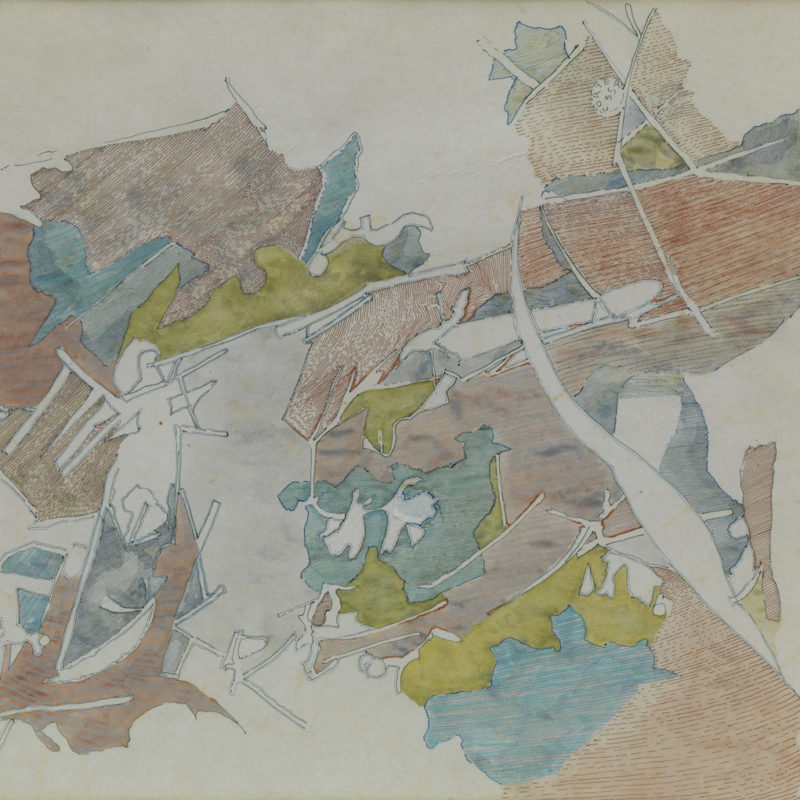
Born in London, Irwin studied at the Ruskin School of Drawing and Fine Art in Oxford and the Chelsea College of Art and Design under Henry Moore and Graham Sutherland. She went on to teach general design at the RCA, and eventually become head of decorative arts at the City and Guilds Art School.

Fred Cuming is a subtle colourist who specialises in landscapes in Britain and on the Continent. Having trained at the Sidcup School of Art and, after National Service, at the Royal College of Art, he was elected RA in 1974, aged only forty-four – at that time the youngest member ever to have been elected.
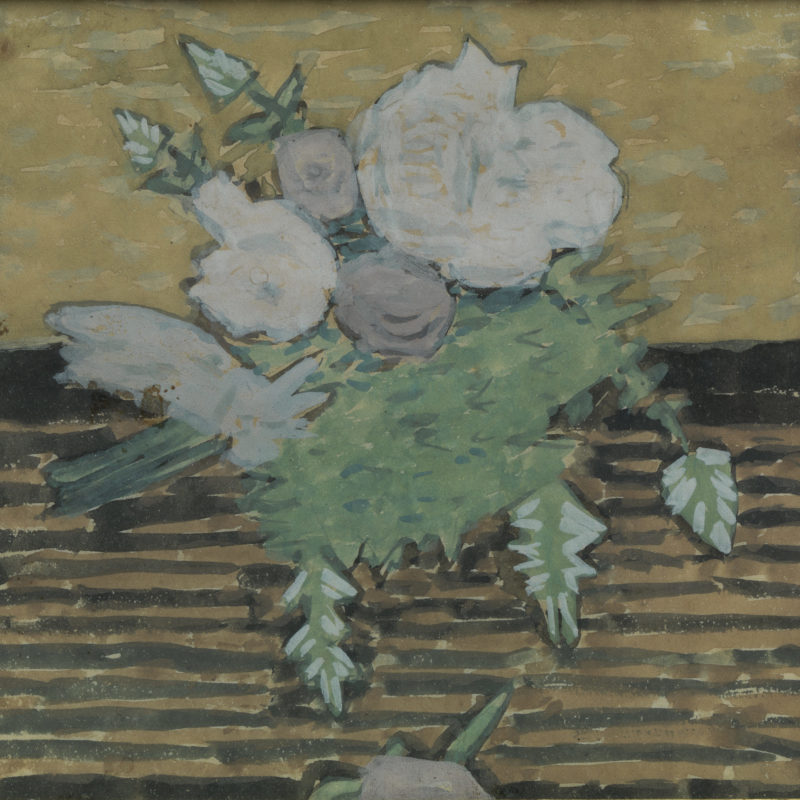
Like her younger brother Augustus, Gwen studied at the Slade in the mid to late 1890s, though with none of his subsequent fame, scandal or public recognition. Though Augustus recognised early on that Gwen’s paintings were ‘almost painfully charged with feeling,’ whilst his were not, she eventually escaped what became his over-bearing influence and success, moving to Paris in 1904.
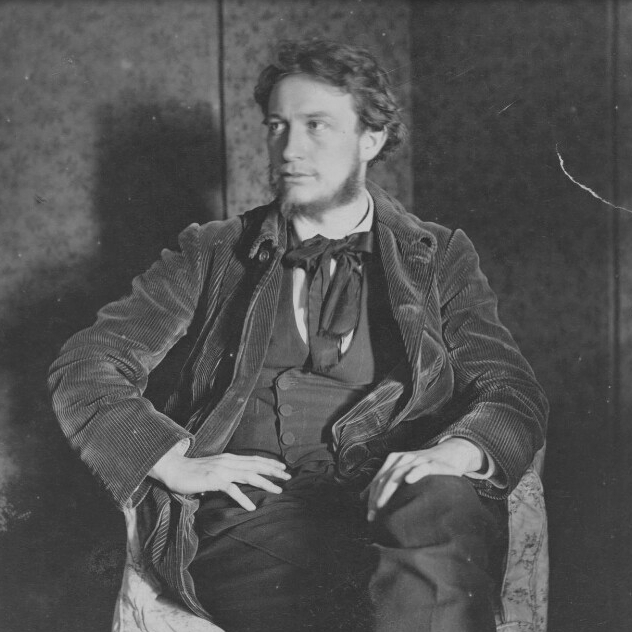
Abandoning his medical studies to become an artist, in 1905 Lamb moved to London where he studied under Augustus John and William Orpen at their short-lived Chelsea Art School. A highly gifted draughtsman he soon moved to Paris, and painted in Brittany. On his return to London he made his name with an extraordinary full-life sized portrait of Lytton Strachey (now in the Tate).

A musician rather than a painter by profession, Brown was almost fifty when the art critic Frank Rutter spotted and admired his watercolours. He introduced Brown to Lucien Pissarro, who guided his development in oil painting and impressionism; they became good friends and made several painting trips together to Devon with fellow artist James Manson.

Armstrong trained at St John’s Wood Art School just before the First World War. He would later state that the only thing he learnt there was how to paint in egg tempera – the tricky medium he used for this work. In 1933 he was invited by Paul Nash to join the short-lived avant-garde art group Unit One, alongside Henry Moore, Barbara Hepworth, Ben Nicholson and Edward Wadsworth.

After training at Sidcup Art School he went on to the Royal College of Art, where his tutors included Carel Weight and John Minton. He was known to sit and paint the same scene at numerous different times of the day or year, resulting in series of works such as the two included here, separated in time by just a few hours, and offering slight variations in colour and form.

Born in London in 1932, Howard studied at Hornsey College of Art and then from 1955 until 1958 at the Royal College of Art. Elected ARA in 1983 he became RA in 1991, and was President of the New English Art Club from 1998. He has been painting in Venice since 1958, and considers the city one of his three favourite plein air locations.

Marysia Donaldson was born in Warsaw and brought up in Scotland where she was educated. She studied at the renowned Glasgow School of Art, which counted amongst its past students many illustrious painters. Maryisa was taught there by her future husband, David Donaldson, The Queen's Painter and Limner in Scotland, and by Hugh Crawford RSA.

Sir Robin Philipson was one of the most important painters in Scotland in the second half of the twentieth century. Born in Cumbria, his family moved to Scotland when he was fourteen, and he subsequently studied at Edinburgh College of Art. Returning to Edinburgh after service in World War Two, he would become Head of Painting and Drawing at the College of Art.

A nephew of the gifted Camden Town artist Spencer Gore, Roger de Grey had a long and distinguished career as a teacher, as well as a long and close association with the Royal Academy. Elected Associate in 1962 he became a full Academician in 1969 and was made President in 1984, serving until 1993.
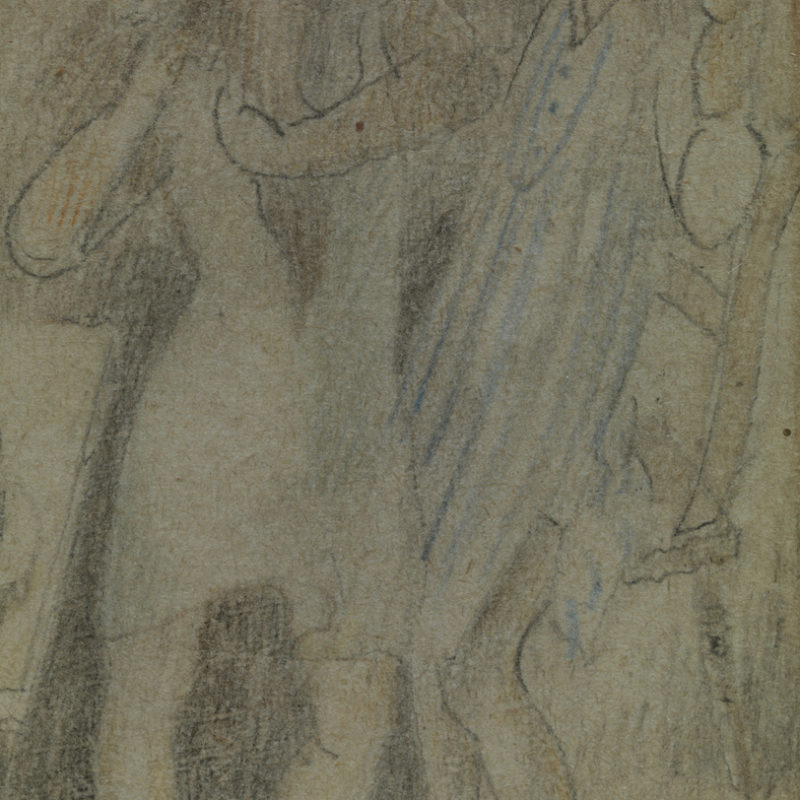
Stanley Spencer was one of the most visionary and idiosyncratic British artists of the twentieth century. Trained at the Slade alongside David Bomberg, Paul Nash, Mark Gertler and Dora Carrington, he was considered one of the most talented draughtsman the school had ever produced.